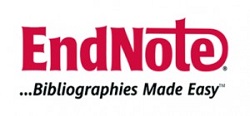LOGIN/REGISTER FOCUS AND SCOPE EDITORIAL TEAM REVIEWERS AUTHOR GUIDELINES MANUSCRIPT TEMPLATE PEER REVIEW PROCESS PUBLICATION ETHICS OPEN ACCESSS POLICY PLAGIARISM POLICY CORRECTION & RETRACTION POLICY PUBLICATION FEES
Submissions
Copyright Notice
Copyright
- Authors retain copyright and grant the journal right of first publication with the work simultaneously licensed under a Creative Commons Attribution License that allows others to share the work with an acknowledgment of the work's authorship and initial publication in this journal.
Privacy Statement
The names and email addresses entered in this journal site will be used exclusively for the stated purposes of this journal and will not be made available for any other purpose or to any other party.










